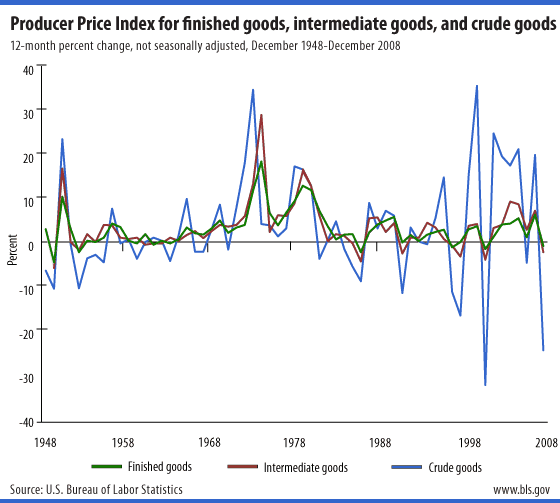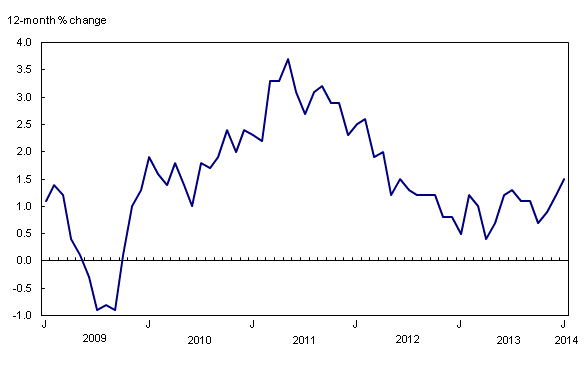Indexes and Price
Post on: 4 Июнь, 2015 No Comment

P/E Ratios for a stock. some comments on their meaning / calculation
If a company with current stock price $P had annual earnings per share (EPS) over the previous twelve months of $E, then the ratio P/E is called the Price Earnings Ratio.
For earnings, read: profit, per share. Earnings for the most recent quarter and for the past twelve months (trailing earnings) are reported by Yahoo. for example.
For example, a stock currently selling for $20.00 had, for the previous twelve months, a (total) earnings per share of $1.25 so P/E = 20/1.25 = 16.
>Total? What’s total?
There may be four quarterly earnings each year so we add all four so that.
>Okay, I got it.
If we bought the stock at $20.00 we might regard the $1.25 earnings as our share of the company profits. Because we may be more interested in our share in the future — the next twelve months, not the last — we might calculate the current price divided by estimated earnings per share over the next twelve months. It’s still Price/Earnings. but now we use estimated future earnings. In any case, both P/E ratios are used by the investment community. They’re called trailing P/E and leading P/E (or forward ) ratios. The most common practice is to quote trailing earnings according to Generally Accepted Accounting Principles (GAAP). since leading earnings involve a guesstimate of the future. (Accountants are reluctant to gaze into a crystal ball, but financial analysts do it all the time!)
If we put our $20.00 in a bank account and get $1.25 in interest over the next twelve months we’d say we got
1.25/20 = 0.0625 or 6.25% annual return.
If we put our $20.00 into a stock and our share of the company earnings over the next twelve months is $1.25 we might want to equate that to 1.25/20 = 0.0625 or 6.25% annual return.
Note that 1.25/20 is the reciprocal of the P/E ratio, namely the E/P ratio.
P/E may also be described as, How much do I have to pay to get $1.00 worth of earnings?
P/E may also be described as, The number of years over which total earnings would equal the current stock price.
See also PEG Ratio .
E/P may also be described as, How many pennies of earnings do I get for $1.00 worth of investment?

>What about stocks with no earnings. or negative earnings?
You could have infinite P/E. or negative P/E.
>Perhaps E/P is a better number to consider.
At least it’ll never be infinite!
>So, is the market over-priced, today? I mean, if P/E is somehow related to.
Good question. If we regard E/P. the reciprocal of the P/E ratio, as an indication of interest rates, then one might expect that when rates go down the P/E Ratio will go up.
Okay. Let’s assume that the current P/E Ratio is, say, 25. Suppose, too, that the P/E Ratio varies inversely as the 10-year bond rate. Then here’s a picture of what the P/E Ratios would/should/could have been over the past thirty years
Thanks to Don S. for suggesting this notion!














